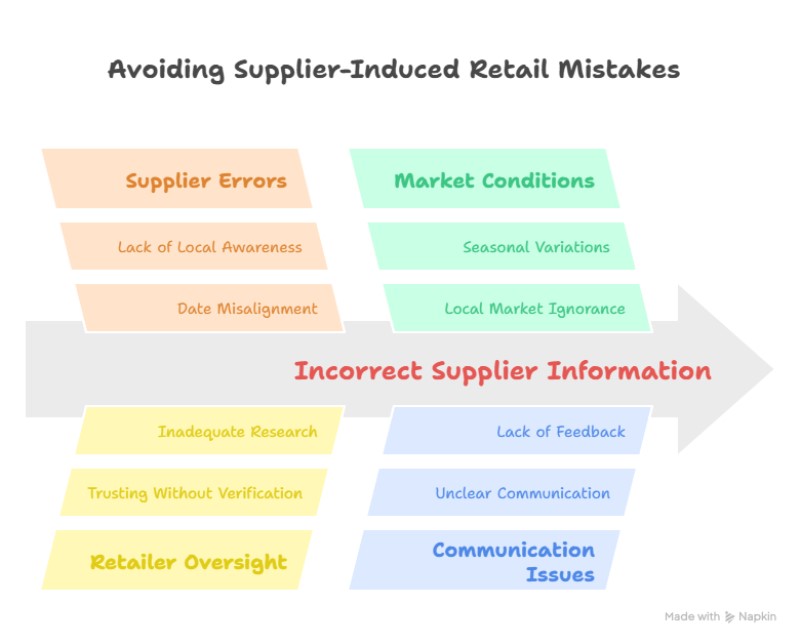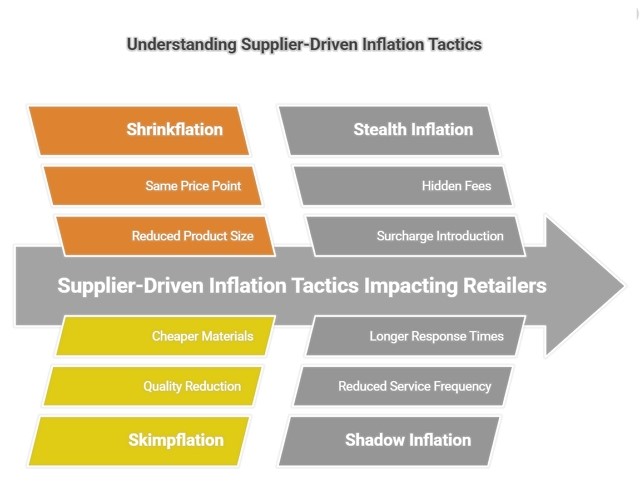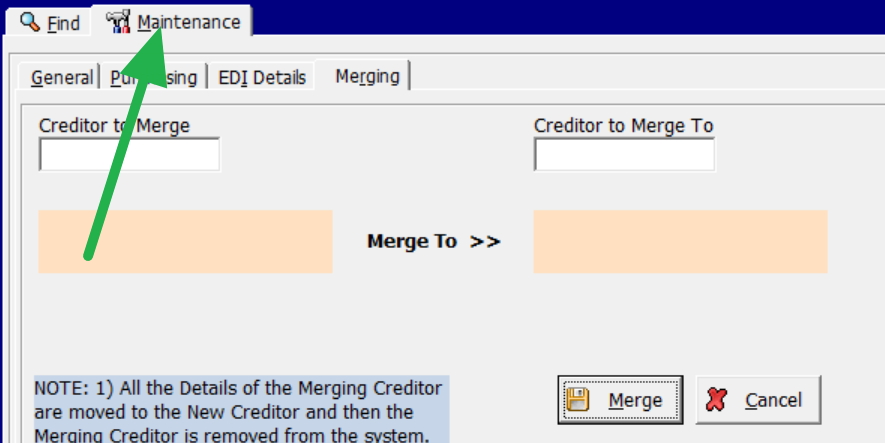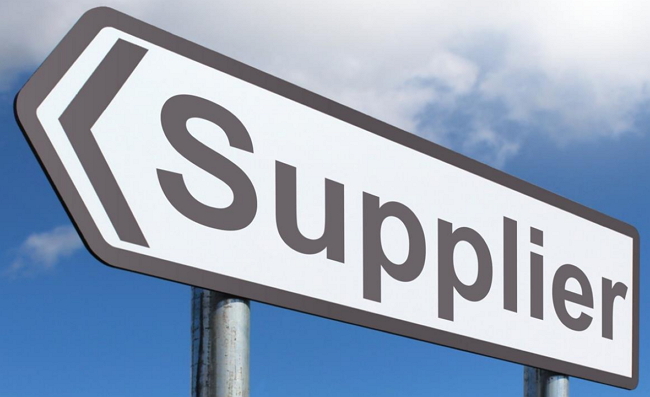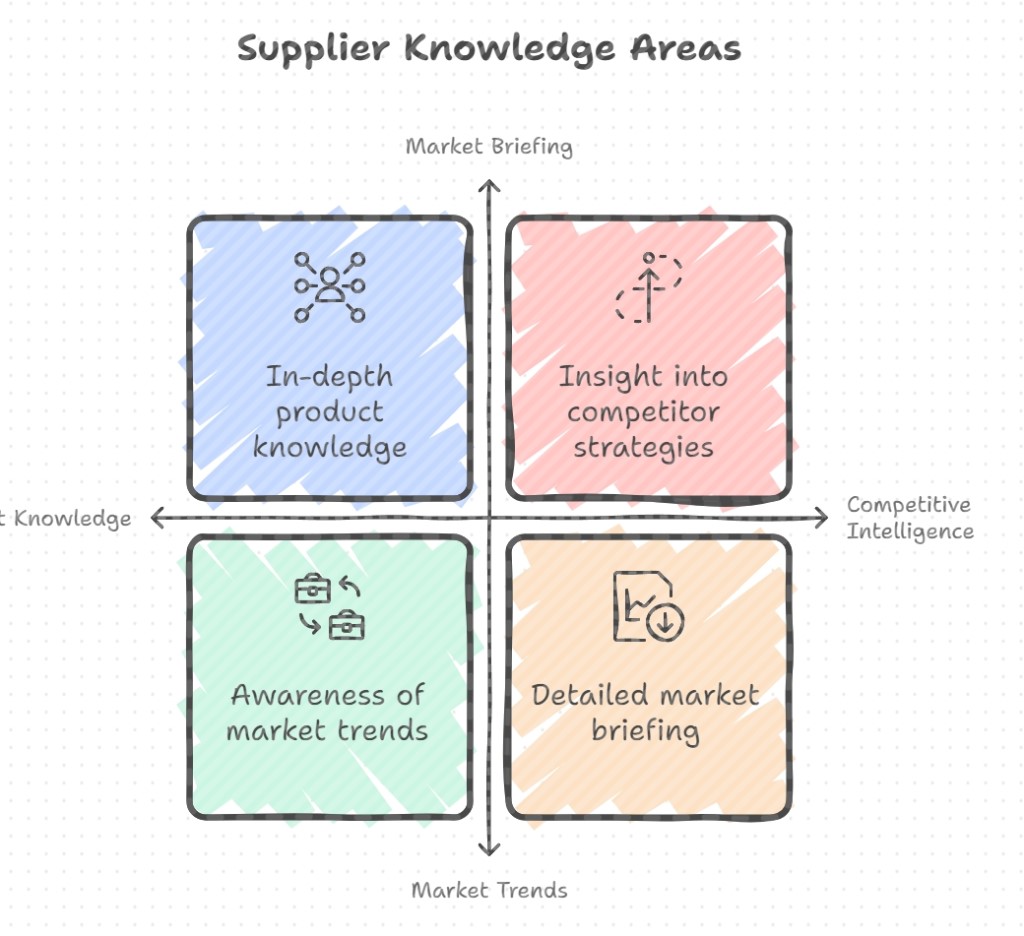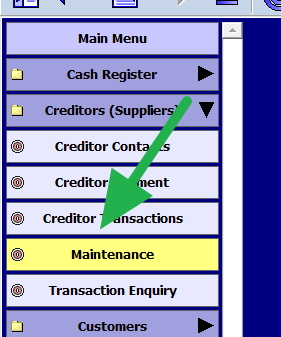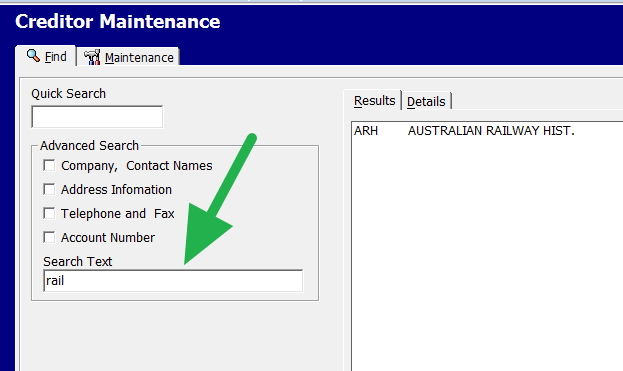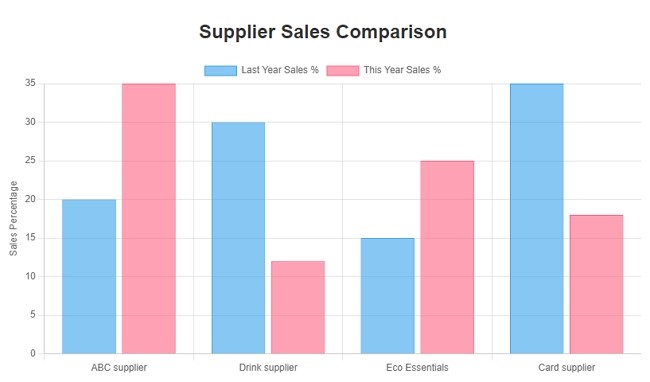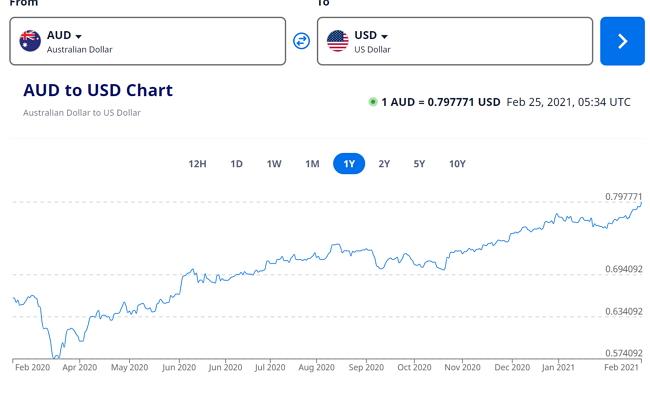Suppliers tend to prioritise larger retailers because of their product stupidity (If a large retailer is not monitored, they often do stupid things), higher spending power and perceived reliability. SMB retailers face problems securing favourable terms, yet SMBs need to establish supplier relationship management despite these obstacles.
Ask your suppliers where your business fits in their priorities. Understanding your position can help you tailor your approach, such as negotiating better terms or diversifying your supplier base.
Diversify Your Supplier Base
Relying on a single supplier puts your business at considerable risk, including stock shortages or price hikes. What you should consider is diversifying your supplier base:
- You reduce dependency risks.
- You gain leverage in negotiations by having alternative options.
- You ensure consistent product availability.
- Have a better pool of products to select from.
- You're not left stranded if one supplier faces disruptions.
Actionable Step: Use your POS system to track supplier sales performance. Could you identify which suppliers are underperforming and explore alternatives to fill gaps?
Negotiate Beyond Price
Negotiation isn't just about securing the lowest price; it is about more. Often, the seller has more flexibility than initially disclosed, but you must be willing to ask first.
What to Negotiate:
- Extended payment terms (e.g., 30-day credit).
- Bulk discounts or promotional pricing.
- Marketing support
- Shipping Terms
For example, I received a huge order and told our supplier I needed a better trading term to help me get the order and fast delivery. I got both. Remember, you can negotiate improved trading terms and expedited delivery by highlighting the mutual benefits for both parties.
Pro Tip: Once you've diversified your supplier base, use their competition as leverage during negotiations.
Conduct Independent Research
Suppliers may present information that benefits their agenda but verify everything independently. Ask your customers, visit similar shops, examine the advertising, use your POS reports, and do Google searches. I find that Amazon's top-selling lists in Australia are beneficial resources. Check here.
These are some items to check:
- Compare sales data between Supplier A and Supplier B for similar products.
- Assess whether each supplier's margins meet your financial targets. Some suppliers hide their margins, which can be a problem. A typical problem is that some quote markup and some margins. Always work in margins.
- Investigate alternative suppliers offering better terms or unique products.
Offer Products at Multiple Price Points
Stocking products at different price levels allows you to cater to diverse customer segments while also strengthening supplier relationships:
- Budget-friendly options attract cost-conscious shoppers.
- Mid-range products appeal to the average buyer.
- Premium items target customers seeking quality or exclusivity.
This strategy not only broadens your market reach but also creates upselling opportunities.
Leverage Technology for Efficiency
Your POS system has an invaluable tool for managing supplier relationships and improving operational efficiency:
- Use the report "Sales Comparison by Supplier" to rate your suppliers.
- Automate reordering processes based on sales trends.
- Monitor margin creep (declining profit margins) and address it with suppliers promptly.
Use Sales Comparison by Supplier
Use the "Sales Comparison by Supplier" report in your POS System. This report will show you͏ the actual figures, and the͏ changes over time for each supplier. By ͏analysing your suppliers, you can gain valuable insights about your shop based ͏on various criteria such as the number of sales, total value of sales, average sale amounts and ͏profit. For example, it is important to determine which suppliers are unde͏rperforming or overper͏forming. Check if they are giving you enough margins to meet your needs.͏
How to Access the "Sales Comparison by Supplier" Report
To access the "Sales Comparison by Supplier" report, follow these steps:
It is in the register sales reports; find the report "Sales Comparison by Supplier."
Click on it, and you will get this screen.
How to Interpret the "Sales Comparison by Supplier" Report
You have a report of your suppliers that shows you the summary statistics for each supplier. They are based on each criterion you selected and a comparison of how you have been travelling with them. The big ones and those with significant movements in the comparison percentages are fascinating.
Look at the profit figure. Today, we are seeing significant downward margin creep. This is an excellent place to see it. There appear to be many reasons for this downward margin, and it seems to be both due to changes in customers and suppliers. I will discuss this in another article.
Now, rerun this report and compare suppliers based on those that handle similar products. Now, compare and contrast these different suppliers based on their performance over time, noting the number of sales and profit.
Build Strong Relationships
Suppliers are more inclined to give more to retailers they see as partners instead of merely vendors.
How to these relationships:
For example, if a supplier launches a new product line, consider promoting it immediately. This shows commitment and builds goodwill.
Take action Based on Data Insights.
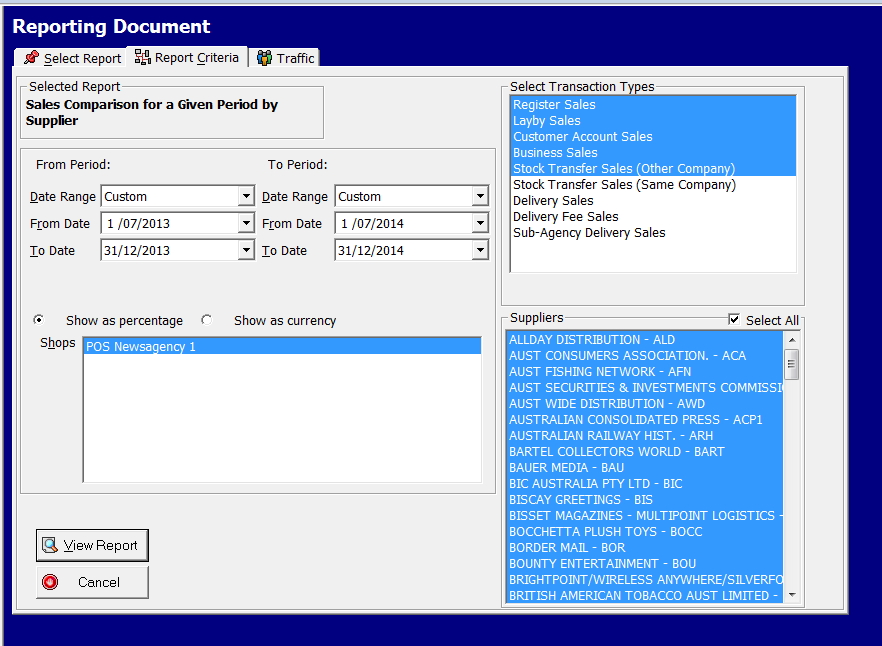
How to Customise the "Sales Comparison by Supplier" Report
To customise the "Sales Comparison by Supplier" report, follow these steps:
Select a period for the report, let us keep it simple so start with the past 12 months and compare it with the previous 12 months. So leave it AS IS and run the report. Afterwards, feel free to explore more options as desired.
Screenshot of Customised Sales Comparison by Supplier Report
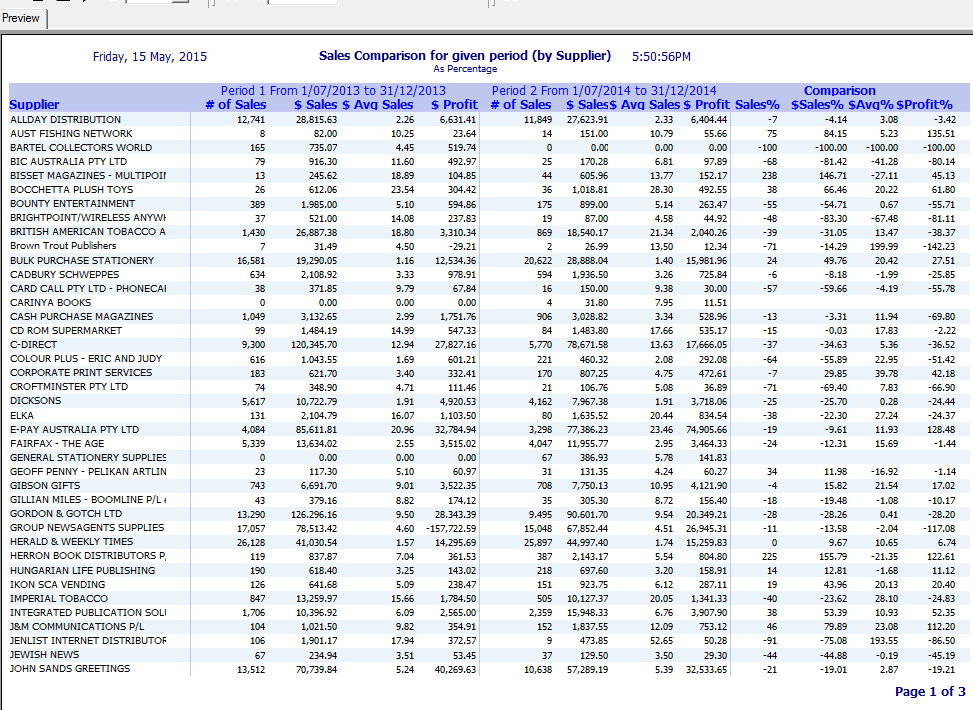
Using data-driven insights from tools like the "Sales Comparison by Supplier" report allows you to make informed decisions:
-
Identify underperforming suppliers. Then, address any concerns with them directly.
-
Strengthen relationships with high-performing suppliers.
-
Monitor trends such as declining margins and/or dips in sales.
Example: If Supplier A's products exhibit decreasing margins over time due to increasing costs, renegotiate the terms or consider switching to Supplier B, which has superior profitability metrics.
Challenges and Opportunities
I encourage you to contact underperforming suppliers and express your concerns. Please also inquire about how you can collaborate more effectively with well-performing suppliers and how to do more with them.
Please give it a go and see how it goes.
